Why LED Ceiling Lights Flicker: Common Causes and Solutions
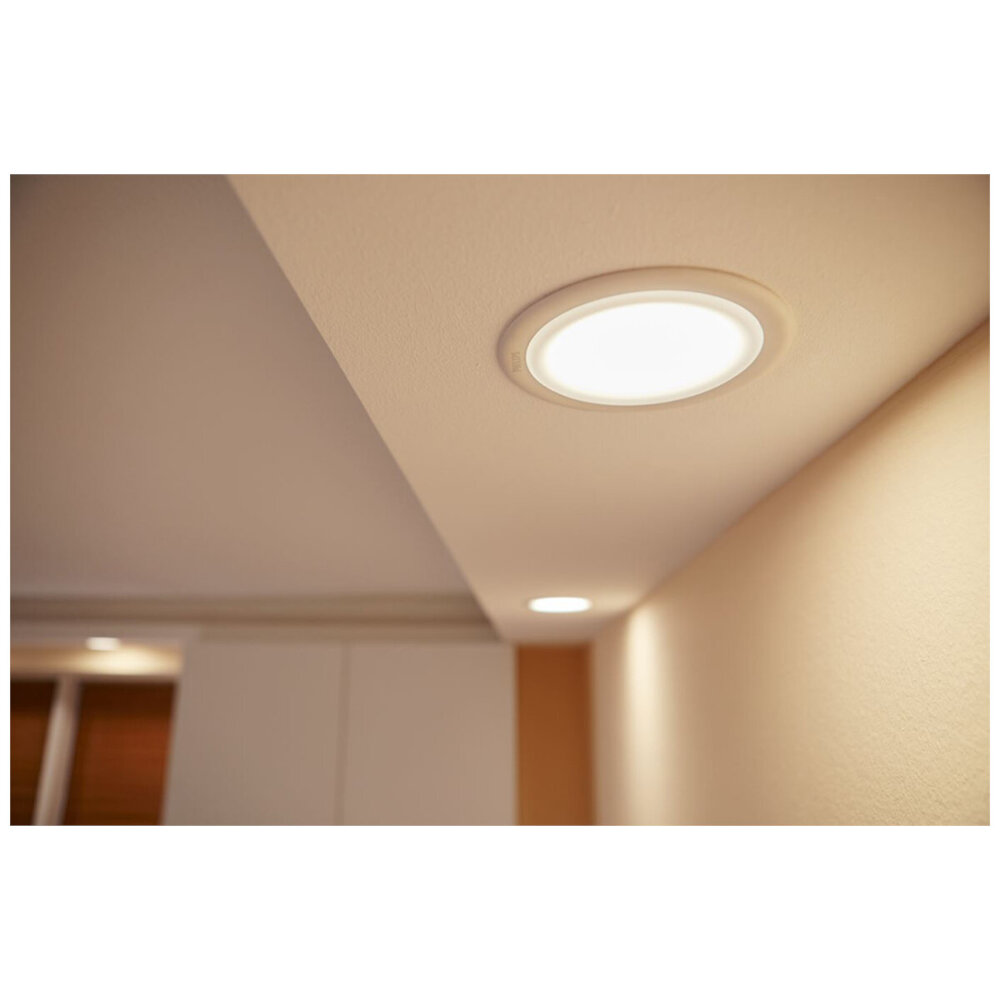
LED ceiling lights have become increasingly popular in recent years due to their energy efficiency, longevity and aesthetic appeal. However, one common issue that many people face with these types of lights is flickering. Flickering of LED lights can be a frustrating and annoying problem that can occur for a variety of reasons. Understanding the common causes of LED ceiling light flickering and the solutions available can help you to address the issue and ensure that your lighting is working properly. Flickering LED lights can be caused by a number of factors such as incompatible dimmer switches, voltage fluctuations, poor quality LED bulbs or even the age of the light fixture. In addition to being a nuisance, flickering lights can also cause eye strain and headaches, particularly if they are flickering at a high frequency. Fortunately, there are several solutions available to address this issue, such as replacing the dimmer switch, installing voltage stabilizers, using high quality LED bulbs or simply replacing the light fixture altogether. By understanding the reasons behind LED ceiling light flickering and taking action to address the issue, you can enjoy consistent and reliable lighting in your home or office.
LED ceiling lights are designed to be reliable and long-lasting. However, sometimes they flicker, causing discomfort or even headaches for some people. There are several reasons why LED ceiling lights flicker, including voltage fluctuation, incompatible dimmer switches, and electromagnetic interference. Voltage fluctuations happen when the power supply is unstable, causing the lights to flicker. Incompatible dimmer switches can also cause flickering because they are not designed to work with LED lights. Electromagnetic interference from other electronic devices can also cause flickering. To avoid flickering, it is recommended to use high-quality LED lights, compatible dimmer switches, and stable power supplies.
Addressing the issue of LED ceiling lights flickering is of utmost importance for several reasons. Firstly, flickering lights can be a source of irritation and discomfort for individuals, leading to headaches and eyestrain. Moreover, flickering lights can lead to a decrease in productivity and concentration, making it difficult to carry out tasks effectively. Secondly, flickering can be a sign of an underlying electrical issue, which can be hazardous and cause electric shocks or fires. Therefore, addressing the issue promptly can help prevent potential safety hazards. Lastly, by addressing the issue of flickering lights, individuals can save money on their energy bills and reduce their carbon footprint by ensuring that their LED lights are functioning efficiently. In conclusion, addressing the issue of LED ceiling lights flickering is crucial for safety, productivity, and energy efficiency.
Voltage Fluctuations
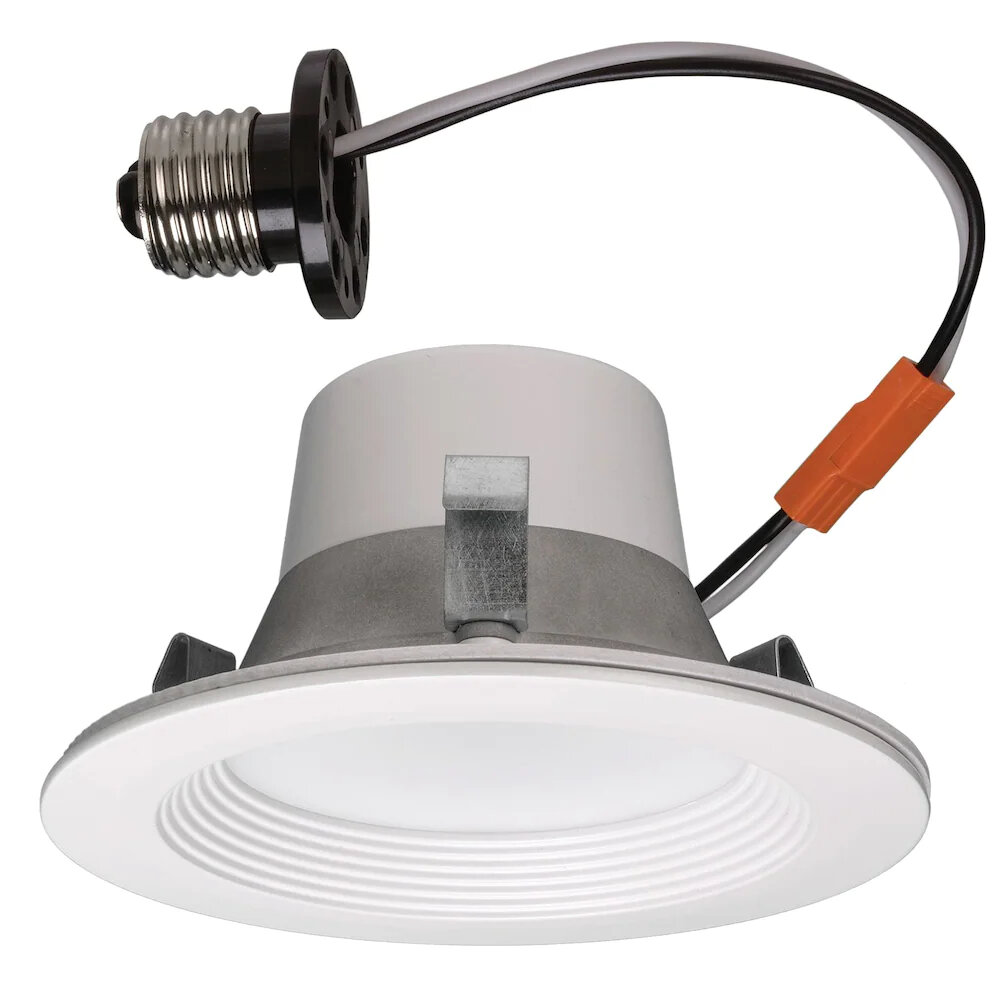
Voltage fluctuations are one of the most common causes of LED ceiling lights flickering. Voltage fluctuations occur when the voltage of the electrical power supply changes rapidly and unpredictably. This can happen for a variety of reasons, including changes in demand for electricity, faulty electrical equipment, and power surges. Voltage fluctuations can cause LED ceiling lights to flicker, dim or even turn off completely. This can be a frustrating and potentially dangerous problem, as it can lead to reduced visibility, eye strain, and even accidents. Fortunately, there are several solutions to the problem of voltage fluctuations. One of the most effective solutions is to install a voltage stabilizer or regulator. These devices are designed to regulate the voltage of the electrical power supply and provide a stable, consistent voltage to the LED ceiling lights. Another solution is to install a surge protector or power conditioner. These devices can help protect against power surges and voltage spikes, which can damage LED ceiling lights and other electrical equipment. Finally, it is always a good idea to have a licensed electrician inspect your electrical system to identify any potential issues that may be causing voltage fluctuations. By taking these steps, you can help ensure that your LED ceiling lights remain bright, stable, and flicker-free.
Voltage fluctuations can have a significant impact on the performance of LED lights. LEDs require a constant and consistent flow of electricity to operate properly. If the voltage supplied to an LED light fluctuates, it can cause the light to flicker or even fail altogether. This is because LEDs are sensitive to changes in voltage and current, which can cause their internal components to operate outside of their optimal range. Voltage fluctuations can be caused by a variety of factors, including faulty wiring, power surges, or inadequate power supplies. To prevent voltage fluctuations from affecting LED lights, it is important to ensure that the electrical system is properly installed and maintained.
Voltage fluctuations are a common occurrence in households and can lead to a variety of issues. One of the primary sources of voltage fluctuations is the power grid itself, which can experience fluctuations due to changes in demand or issues with the transmission lines. Additionally, household appliances and electronic devices can also cause voltage fluctuations when they are turned on or off or when they are in use. Other factors such as faulty wiring, lightning strikes, and power surges can also contribute to voltage fluctuations. These fluctuations can have a significant impact on LED ceiling lights, causing them to flicker or dim. It is important to identify and address the source of the voltage fluctuations in order to ensure the proper functioning of LED ceiling lights and other household appliances.
Voltage fluctuations can be a frustrating issue for those who have installed LED ceiling lights. However, there are several solutions to this problem. One of the most common solutions is to install a voltage regulator or stabilizer. These devices help to regulate the voltage and prevent fluctuations that can cause flickering. Another solution is to install a filter capacitor, which will remove any unwanted noise from the electrical system. In addition, upgrading the wiring and electrical panel can help to prevent voltage fluctuations. It is also important to ensure that the LED lights are compatible with the electrical system to avoid any compatibility issues. By taking these steps, homeowners can enjoy their LED ceiling lights without the frustrating issue of flickering due to voltage fluctuations.
Incorrect Dimmer Switches
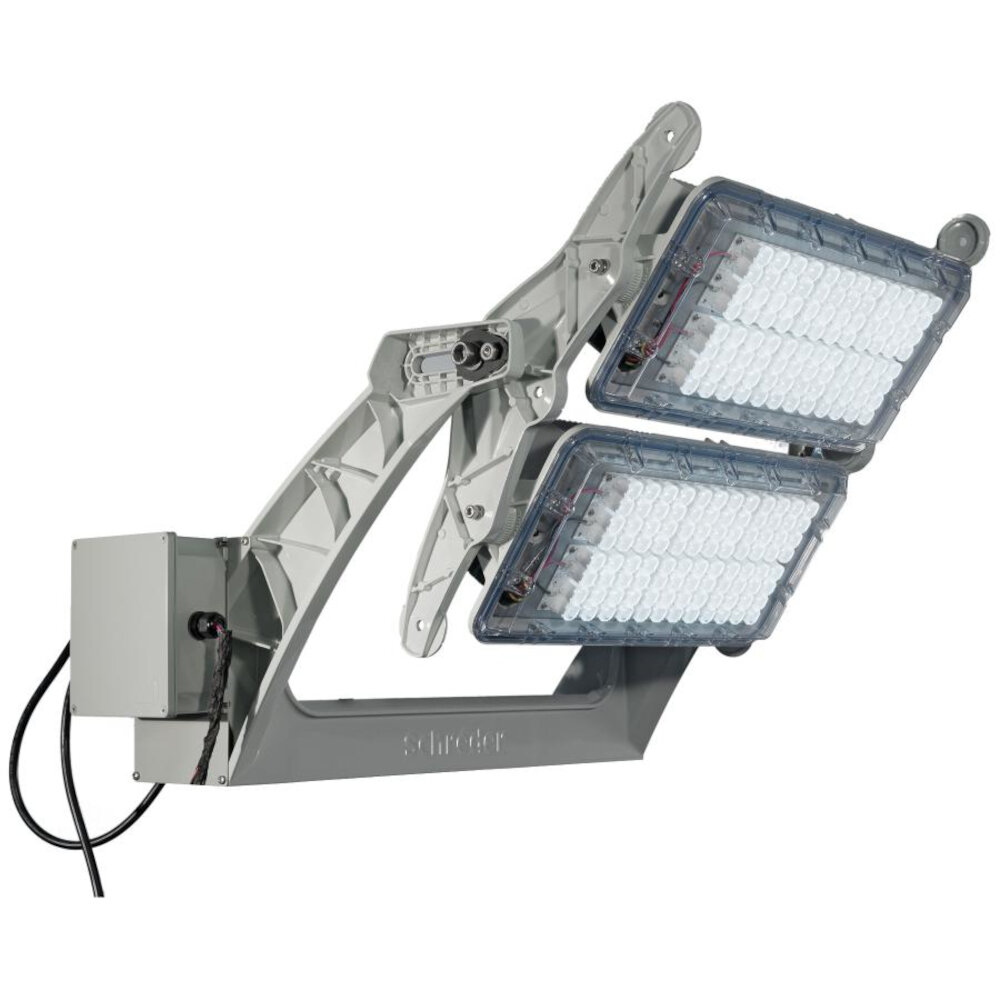
Incorrect dimmer switches are one of the common causes of LED ceiling lights flickering. While older incandescent bulbs were compatible with any type of dimmer switch, LEDs require specific types. The compatibility of the dimmer switch with the LED bulb depends on the type of driver that is used in the LED bulb. LED bulbs with a driver that is not compatible with the dimmer switch can cause flickering or even damage the bulb. Therefore, it is important to make sure that the dimmer switch is compatible with the LED bulb before installation. Additionally, not all dimmer switches are created equal. Some dimmer switches are designed for specific types of bulbs, such as incandescent or halogen, and may not be suitable for LED bulbs. As a result, it is important to choose a dimmer switch that is specifically designed for LED bulbs. This will ensure that the switch is compatible with the driver in the LED bulb and will provide smooth and consistent dimming without any flickering. By using the correct dimmer switch, it is possible to enjoy the benefits of LED lighting while avoiding the annoyance of flickering lights.
Dimmer switches can significantly affect LED lights due to their nature of controlling the amount of electrical current that flows to the light source. LED lights require a specific amount of voltage to operate correctly, and if the voltage is too low, the light will flicker, dim or even turn off. Dimmer switches work by regulating the amount of voltage that flows to the bulb. However, traditional dimmer switches were designed for incandescent bulbs that consume more power and operate at a higher voltage. LED lights, on the other hand, require a more precise and consistent flow of energy to operate, which traditional dimmer switches may not be able to provide. As a result, using a traditional dimmer switch with LED lights can cause flickering, buzzing, or a reduced lifespan of the bulb. Therefore, it is essential to use a dimmer switch that is specifically designed for LED lights or use dimmable LED lights that are compatible with traditional dimmer switches.
LED lights are an energy-efficient and long-lasting lighting option. However, when paired with the wrong dimmer switch, they are prone to flickering or buzzing. There are several types of dimmer switches that are compatible with LED lights, including trailing edge dimmers, leading-edge dimmers, and universal dimmers. Trailing edge dimmers are the most commonly recommended for LED lights, as they allow for smooth dimming without flickering or buzzing. Leading-edge dimmers are also compatible but may cause a slight buzzing noise. Universal dimmers are the most versatile, as they work with both leading and trailing edge dimming. It is important to choose the right dimmer switch for your LED lights to ensure optimal performance and avoid any flickering or buzzing issues.
One of the common causes of LED ceiling lights flickering is the use of incorrect dimmer switches that are not compatible with LED lights. To address this issue, homeowners can replace the existing dimmer switch with a compatible one that is specifically designed for LED lights. Another solution is to install an LED driver, which regulates the amount of electricity flowing to the LED lights and helps prevent flickering. It is important to note that not all LED lights are compatible with all dimmer switches or LED drivers, so it is important to do research and ensure that the components are compatible before making any purchases. By taking these steps, homeowners can enjoy flicker-free LED lighting that provides a comfortable and inviting atmosphere.
Overloaded Circuits
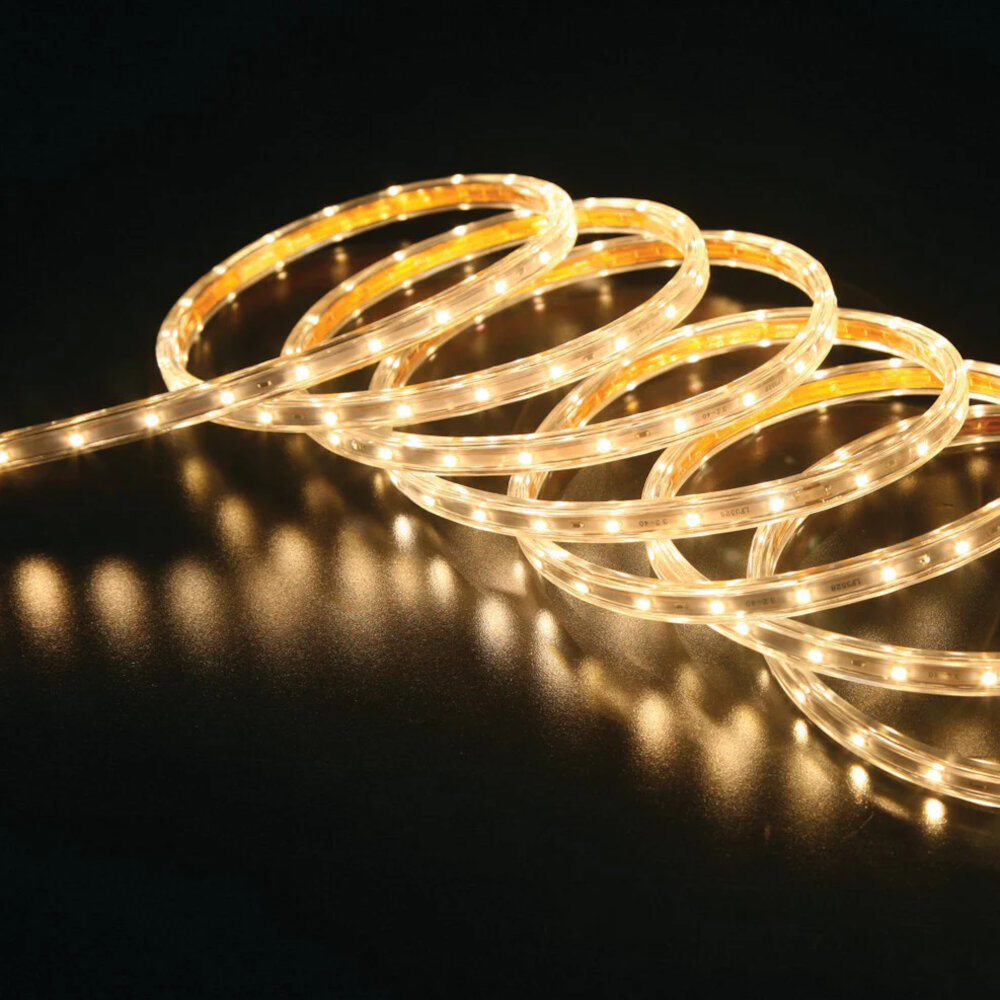
Overloaded circuits are a common cause of LED ceiling lights flickering. When too many appliances or devices are plugged into the same circuit, the circuit can become overloaded, causing the voltage to drop and the lights to flicker. This is especially common in older homes that may not have enough circuits to support modern electrical needs. To prevent overloading, it is important to distribute electrical usage across multiple circuits and not to exceed the maximum amperage of each circuit. Another factor that can contribute to overloaded circuits is the use of extension cords or power strips. These devices are not designed to handle high electrical loads and can easily become overloaded, leading to flickering lights and even electrical fires. To avoid this, it is best to use extension cords and power strips only as temporary solutions and to limit the number of devices plugged into them. It is also important to use extension cords and power strips that are rated for the electrical load being used.
Overloaded circuits can significantly affect LED lights, causing them to flicker or even stop working altogether. When too many electrical devices are connected to a single circuit, the circuit can become overwhelmed and unable to supply enough power to each device. As a result, the voltage drops, and the LED lights may flicker or dim. Additionally, overloaded circuits can cause damage to the circuitry of LED lights, shortening their lifespan and requiring replacement. To prevent these issues, it’s essential to ensure that the electrical load on each circuit is within its capacity, and to install additional circuits or upgrade the electrical panel if necessary.
An overloaded circuit is a serious electrical issue that can cause flickering LED ceiling lights. Signs of an overloaded circuit include frequently tripping circuit breakers or blown fuses, buzzing or humming sounds coming from outlets or switches, burning smells, and warm or discolored wall plates or cords. Overloading circuits can lead to overheating, fires, and other hazardous situations, so it’s important to take this issue seriously and address it promptly. To prevent overloading, avoid using too many electrical devices at once, spread out appliance usage throughout the day and night, and consider upgrading your electrical system if necessary.
One of the common causes of LED ceiling lights flickering is an overloaded circuit. This happens when too many appliances or devices are connected to the same circuit, resulting in insufficient power to supply all the devices. The solution to address this problem is to redistribute the load by unplugging some of the devices or redistributing them to other circuits. Alternatively, an electrician can add a new circuit to the electrical panel to handle the excess load. It’s important to note that overloading circuits can be a safety hazard and can cause electrical fires, so it’s crucial to address the issue promptly.
Defective LED Lights

Defective LED lights are a common cause of flickering in LED ceiling lights. When an LED light is defective, it may not be able to maintain a constant flow of electricity, causing the light to flicker or even turn off completely. Defective LED lights can be caused by a number of factors, including poor manufacturing or low-quality materials. In some cases, LED lights may be damaged during shipping or installation, leading to a defective product. The good news is that defective LED lights can be easily replaced by contacting the manufacturer or retailer for a replacement. It’s important to note that not all flickering LED lights are caused by defective LED lights. Other common causes of flickering in LED ceiling lights include voltage fluctuations, incompatible dimmer switches, and overheating. It’s important to troubleshoot these other issues before assuming that the LED lights themselves are defective. In some cases, simple solutions like replacing a dimmer switch or installing a voltage stabilizer can solve the flickering issue without having to replace the LED lights.
Defective LED lights can cause flickering due to several reasons. One of the most common reasons is the issue with the LED driver or power supply. The LED driver is responsible for converting the AC power supply into DC power that is needed to operate the LED lights. If the driver is faulty, it can cause fluctuations in the power supply, which can result in flickering. Another reason for flickering is the overheating of the LED lights. When the LED lights get overheated due to poor quality components or inadequate ventilation, they can start flickering. Additionally, loose connections, damaged wiring, and incompatible dimmer switches can also cause flickering in LED lights. Therefore, it is crucial to ensure that the LED lights are of good quality and installed correctly to avoid any flickering issues.
Defective LED lights can be a nuisance and a potential hazard if left unchecked. There are several signs that a LED light is defective, including flickering or dimming, buzzing or humming noises, and inconsistent or uneven lighting. These issues can be caused by a variety of factors, including poor wiring, damaged components, or overheating. It is important to address these problems promptly to ensure the safety and efficiency of your lighting system. In some cases, simple solutions such as replacing a bulb or adjusting the wiring may be sufficient, but in more serious cases, it may be necessary to consult a professional electrician.
If you’re experiencing flickering LED ceiling lights, there are several solutions you can try to address the issue. First and foremost, check to see if the bulbs are loose or not properly installed. Tighten them if needed or consider replacing them altogether. Another possibility is that the dimmer switch being used isn’t compatible with the LED bulbs. In this case, switch to a dimmer switch that is specifically designed for LED lights. Additionally, voltage fluctuations can cause flickering, so it’s important to ensure that the wiring and electrical connections are in good condition. Finally, if none of these solutions work, consult with a licensed electrician to diagnose and fix the issue.
LED ceiling light flickering is a common problem and can be caused by several factors. One of the most common causes is voltage fluctuations, which occur when there are changes in the electrical load on the circuit. This can be due to the use of other appliances or electrical devices at the same time. Another common cause is the use of incompatible dimmer switches, which can cause the lights to flicker or even not turn on at all. The type of LED bulb used can also be a factor, as some bulbs are not compatible with certain types of fixtures. Lastly, wiring issues, such as loose connections or faulty wiring, can also cause LED ceiling lights to flicker. It is important to identify the root cause of the problem to effectively address and solve the issue of LED ceiling light flickering.
In the context of LED ceiling lights flickering, addressing the issue promptly is crucial for several reasons. Firstly, flickering lights can be a significant annoyance to individuals, causing eye strain and headaches, and can also negatively impact mood and productivity. Secondly, flickering lights can be indicative of more significant electrical issues that, if left unresolved, could lead to more severe problems such as electrical fires or power outages. Finally, prompt resolution of the issue can save both time and money in the long run, as continued flickering can lead to premature burnout of the LED lights, necessitating costly replacements. Therefore, it is essential to take the necessary steps to address the issue promptly to ensure the safety, comfort, and longevity of your lighting system.
LED ceiling light flickering is a common problem that can be caused by many factors, including poor installation, low-quality components, and electrical interference. To prevent flickering, it is crucial to ensure that the LED lights are installed correctly and that the wiring is properly connected. Additionally, it is essential to choose high-quality LED lights that are specifically designed for ceiling use. It is also recommended to use a dimmer switch that is compatible with LED lights to avoid flickering. Furthermore, it is important to address any electrical issues in your home, such as voltage fluctuations or circuit overloads, that may cause LED ceiling light flickering. By taking these preventive measures, you can enjoy uninterrupted and reliable lighting in your home.
Conclusion
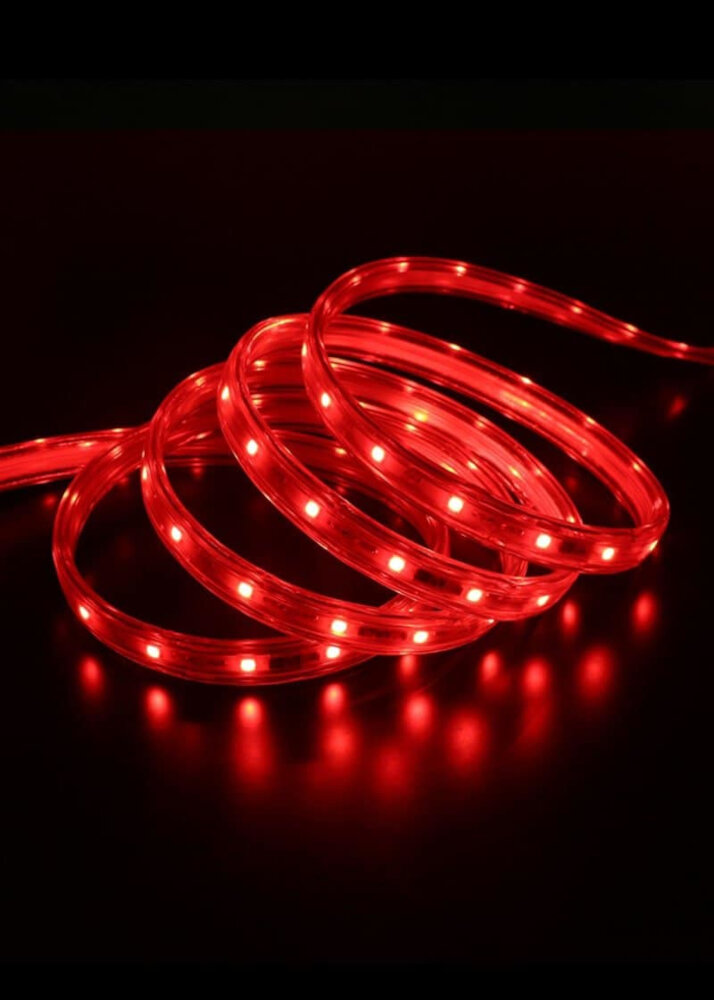
In conclusion, LED ceiling lights flickering can be a frustrating issue that can be caused by a variety of factors, such as voltage fluctuations, incompatible dimmer switches, or poor quality LED bulbs. However, there are several solutions available to address this problem, including using high-quality bulbs, installing a compatible dimmer switch, or addressing any underlying electrical issues. It is important to properly diagnose the root cause of the flickering and take appropriate steps to address it, in order to ensure a safe and reliable lighting system that enhances the ambiance of your space. With the right approach, you can enjoy the benefits of LED lighting without any annoying flickering.




